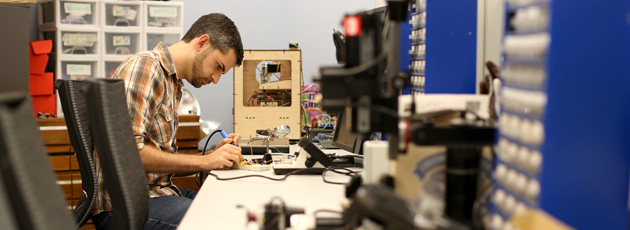Isaac Record

Please don’t hesitate to contact me with any questions you might have.
I have developed some fun assignments over the years. Please reuse, remix, and have fun -- but do please credit me! Thanks.
Assignment description:
In this project, we will reflect on what is important to us and assess how we spend our time, with a focus on electronic devices. Although digital technologies have much to offer, there is something worrying about the compulsive checking, fear of missing out, and other anxieties they occasion. The aim of this project is to become more aware of our actual use of these technologies and to experiment with controlling their grip on our lives. You should modify the challenges to better fit the specifics of your life, but you must explain the reasoning for each change in your journal.
Abstract for presentation:
In 2014, Hardcastle and Slater shared “A Novel Exercise for Teaching the Philosophy of Science” in Philosophy of Science (81:5, 1184-1196). I am hopeful it signals a growing movement to take teaching seriously within our field. At MSU, my colleagues and I have adapted their “box” exercise — which we now call the “Black Box” — to a set of introductory HPS classes for STEM majors. In this hands-on workshop, I share lessons gleaned from half a dozen or so courses, with particular attention on how to structure course activities to resonate with and reflect various aspects of scientific practice drawn from history, philosophy, and sociology of science. While Hardcastle and Slater note the advantage hands-on experience with the box confers to non-science majors, I emphasize the strengths of the box for teaching STEM majors. Rather than science on training wheels for non-majors, the Black Box becomes an occasion for radical reflection and self-discovery for budding scientists. Hardcastle and Slater discuss a few applications of the box, including realism and antirealism, Kuhnian puzzle-solving, and science funding. I focus on the social and ethical structure of science. In particular, I suggest some ways to modify the structure of the project to align activities and evaluation to explore and trouble particular models and values for science, such as communalism, diversity, objectivity, and openness. I hope that my examples and experiences inspire conversation among the attendees and I expect to learn a few new variations along the way.
PDF of conference presentation
I ask my students to reflect on their participation, including modes that may be less visible to me, and to provide evidence of what they have done.
PDF of description and rubric (note I use a single-column rubric)
Assignment description:
Write a 5-page research essay.
Assignment description:
Conduct a 20-minute conversation with me on a topic we mutually agree on (must connect to the course). Convince me that you have achieved scholarly mastery of that topic (this is easier than it sounds). You must share with me your research question and research plan before scheduling the exam. Expect to do the same amount of work and incorporate the same number of sources as for a short essay (i.e., 2-3 excellent sources or 4-5 decent sources).
Assignment description:
A lightning talk is a highly structured presentation strictly limited to exactly 20 slides and delivered in class in exactly 5 minutes. A good lightning talk takes a good deal of preparation. The objective of this talk is to give students an opportunity to build presentation skills, exercise their creative abilities, and to work within a strong constraint. You must incorporate research into your talk. 2-3 quality sources beyond those discussed in class should be sufficient. Include the citations on a bibliography slide. See also the sample “lightning talk lightning talk” for additional tips.
Assignment description:
Study a book and create a short (3 page) mini-essay. The object of this assignment is to show you how to read effectively and with a purpose. You must turn in documentation of each stage of the process, compiled into a single PDF file.
Assignment description:
Each student may, individually or in a pair, act as the discussion leader for a course resource, (1) defining lesson objectives; (2) presenting a précis and clarifying key concepts (10 minutes); (3) conceiving and leading the class in an activity designed to extend or deepen our discussion and understanding of the resource (20 minutes); (4) assessing learning; and (5) submitting a 1 page reflection on the experience of leading discussion (one reflection for each time, please). The lesson leaders will be judged on clearly and concisely reflecting the argument and evidence of the resource and on the effectiveness of the activity in engaging the class in the topic.